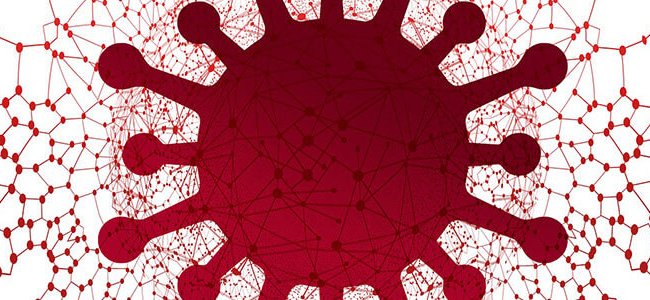Global pandemic: our evaluation and critiques

The health emergency we are experiencing has undeniably upset and radically modified our day-to-day life, undermining the security and stability of every country. Shaken by the tragic consequences, both economic and social, arising from the global pandemic, we find it difficult to find even a hint of positivity; wanting, however, to approach this case with an analytical mentality, we can try to identify, analyse, and internalize those shortcomings and limitations that have revealed organizational, structural and cultural criticalities, which we urgently need to act upon.
Before we begin, here is a short video by Sanità Informazione in which Giuseppe Limongelli, Coordinator of the Center for Rare Diseases of the Campania Region, offers a series of reflections on the systems adopted during health emergencies.
Global pandemic paved the way: a look into hyper-connectivity
Revolving around fundamental themes and concepts for telemedicine, one of the first points on which we ought to intervene is the ( now manifested ) need for a hyperconnected health system, capable of exchanging and processing data (such as patient records) in a capillary network, thus granting improved dynamism and fluidity to the entire healthcare system.
On our grounds, most healthcare specialists favour e-mail as the most used tool by family doctors (85%) and specialists (81%); nonetheless WhatsApp is also vastly used both to manage visits and to exchange clinical data, 64% for the former and 57% for the seconds.
The global pandemic that hit us in 2020 has accelerated the phenomenon of implementing remote patient care within the processes of the national health systems. The crisis has amplified our awareness, directing us towards a greater understanding of how an effective and structured organization, aimed at promoting the digitalization of health services, can benefit the entire healthcare sector.
A new philosophy
The idea that the hospital and the doctors’ offices can no longer represent the only answer to health needs has thus been outlined; medicine must instead find its natural collocation within the territory and it is therefore of fundamental importance to support general practitioners by providing them with all the tools to allow them to make qualified diagnostic decisions.
Thanks to advanced technology systems, a network has been created that can easily interconnect colleagues, specialists, hospitals and general practitioners in such a way as to allow the formulation of real diagnoses in support of the patient directly at home or in the doctor’s office.
This new philosophy therefore ensures a more timely assistance of patients (now placed at the center of the health system) and contributes to bring advantages also with regard to the problem of crowding in emergency rooms, finally being able to manage patients remotely.
A picture far from flattering
Despite the increased expenses on digital health (7%in 2019), data on the spread of telemedicine in Italy are far from comforting: teleassistance is used by only 4% of general practitioners; while the employment of television drops to 3%. Instead, we notice a slight improvement in the trend if we shift our attention to the provision of telereporting services, especially concerning respiratory function tests (21%) and ECG (19%).
An obstacle to overcome
A great limit to be overcome is represented by the perception that one has of the process of research, treatment and purchase of goods and services inherent in the field of telemedicine: the so-called procurement. This process is surrounded by an unflattering opinion: its rigid structure and the complex regulatory framework that surrounds it, make it a real challenge for healthcare companies to properly assist patients, a process made even more burdensome by a lack of knowledge of tools and purchase methods of digital technologies.
The hope remains to be able to make use of the lessons that, willingly or unwillingly, the global pandemic has presented to us. Telemedicine is therefore the most reasonable option for the development of the entire national health care system, the advances in the technological sector have now made this possibility concrete, now the next step is to reorganize much of the health care organizational structure.
Finally, the relationship of trust between doctor and patient must be safeguarded, and the patient must be accompanied towards this new way of using health care support.
There is a lot of work to be done to turn what is currently an opportunity into an everyday, regulated and safe system.
Bigliography
- PPHC | Telemedicina: in Italia non è mai partita davvero. E oggi il Covid-19 svela la debolezza del nostro paese. Febbraio 2020| Angelica Giambelluca.
- Ibrid.

You are free to reproduce this article but you must cite: emianopsia.com, title and link.
You may not use the material for commercial purposes or modify the article to create derivative works.
Read the full Creative Commons license terms at this page.



